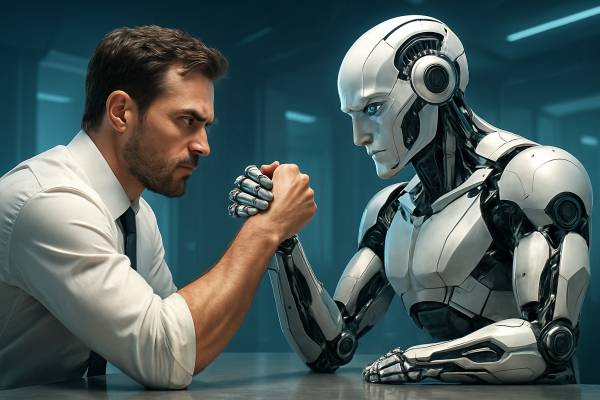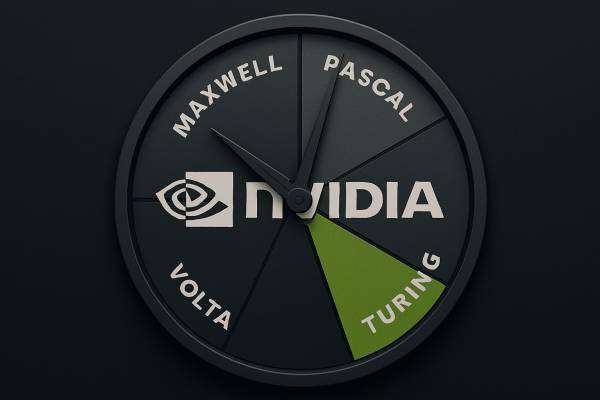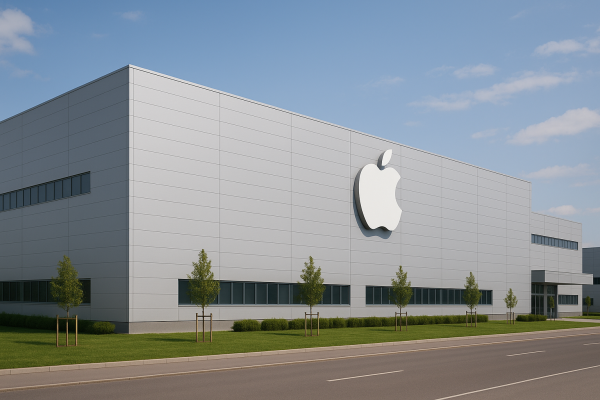Wireless internet, or WiFi, is now a ubiquitous and indispensable part of our lives. We use it to connect our devices to the internet, communicate, and exchange information. But imagine if this same technology, which invisibly weaves through our homes and cities, could also identify and track us without cameras—even through walls. This is not a distant science fiction scenario, but the reality of a newly developed technology called WhoFi, which harnesses a previously untapped property of WiFi signals. To complicate matters, the term “WhoFi” also refers to an entirely different service with community-focused goals, so it's important to clarify which meaning is being discussed.
The version of WhoFi that lies at the center of current technological and privacy debates is an AI-powered surveillance system developed by researchers at La Sapienza University of Rome: Danilo Avola, Daniele Pannone, Dario Montagnini, and Emad Emam. The primary aim of their research was to address the limitations of traditional camera-based surveillance systems, such as poor lighting, obstructed camera views, or face masks that hinder identification. In contrast, WhoFi uses a radically different approach: instead of analyzing images, it examines WiFi signals as they propagate through the environment. The system relies on the physical phenomenon whereby the human body uniquely distorts and reflects radio waves. WhoFi leverages this subtle change in the signals—known as Channel State Information (CSI)—to create a kind of biometric fingerprint. Once trained, the system can identify a specific individual with over 95% accuracy based solely on how their body affects WiFi signals, even if they are located in another room or behind walls.
The technology has wide-ranging potential applications, from security to smart home systems. It could be used in environments where installing cameras is impractical or raises privacy concerns, such as airports, banks, or even nursing homes, where residents' conditions could be monitored discreetly. However, WhoFi also raises serious ethical and privacy concerns. Since it does not require the cooperation or awareness of the individuals it monitors—and because it can operate using existing WiFi infrastructure—it opens the door to covert surveillance without consent. This capability has sparked intense debates among experts and privacy advocates.
In stark contrast to this surveillance technology is the other entity known as WhoFi, a software company founded in Oklahoma in 2012. This company also utilizes WiFi technology, but for an entirely different purpose. Their platform is used by libraries, museums, parks, and other public spaces to optimize operations. It anonymously counts devices connecting to public WiFi networks and generates statistics on visitor numbers, the length of their stay, and space usage. It does not perform biometric identification and does not track individuals. Its goal is to help institutions demonstrate their impact on the community through data, organize programs more effectively, and secure funding. Many public libraries and community organizations in the United States use this service to better allocate resources and justify their activities.
It is clear, then, that the term WhoFi refers to two radically different concepts. One is a groundbreaking yet controversial surveillance technology that uses WiFi signals for biometric identification; the other is a data analytics tool that helps public spaces operate more efficiently using anonymous data. As technology continues to evolve, it becomes increasingly important to recognize these differences and to thoughtfully engage with the social and ethical challenges that new capabilities present.




























